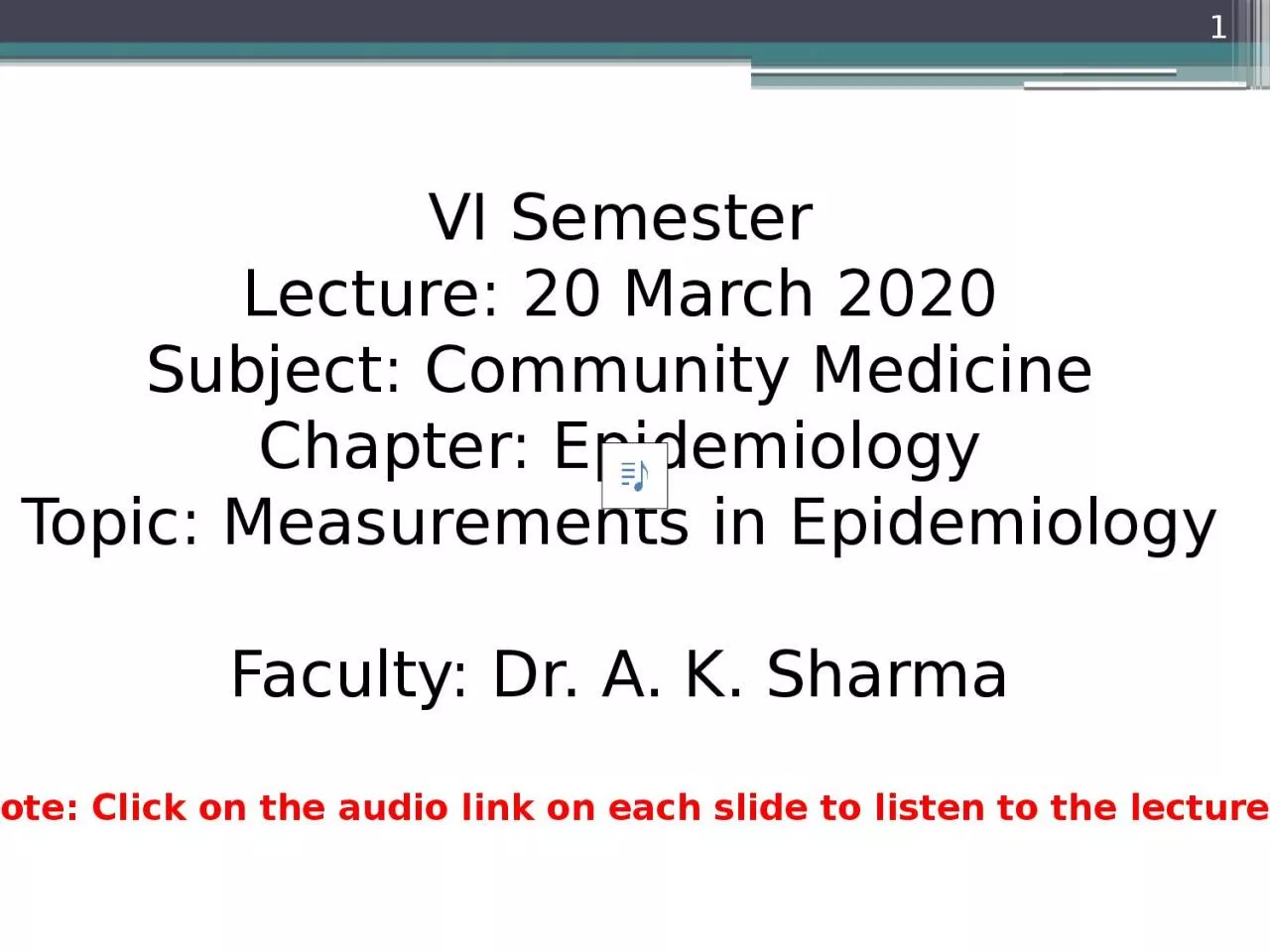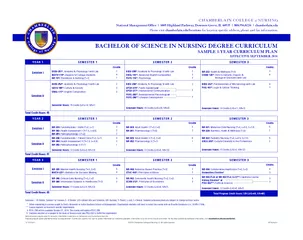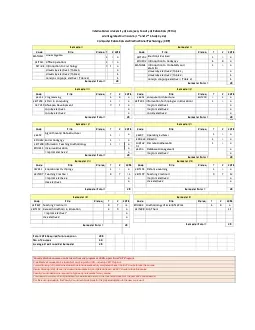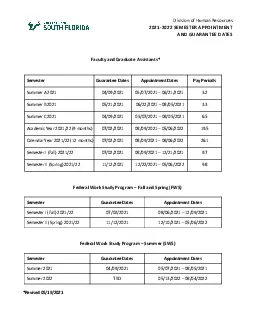PPT-1 VI Semester Lecture: 20 March 2020
Author : madeline | Published Date : 2024-01-29
Subject Community Medicine Chapter Epidemiology Topic Measurements in Epidemiology Faculty Dr A K Sharma Note Click on the audio link on each slide to listen to
Presentation Embed Code
Download Presentation
Download Presentation The PPT/PDF document "1 VI Semester Lecture: 20 March 2020" is the property of its rightful owner. Permission is granted to download and print the materials on this website for personal, non-commercial use only, and to display it on your personal computer provided you do not modify the materials and that you retain all copyright notices contained in the materials. By downloading content from our website, you accept the terms of this agreement.
1 VI Semester Lecture: 20 March 2020: Transcript
Download Rules Of Document
"1 VI Semester Lecture: 20 March 2020"The content belongs to its owner. You may download and print it for personal use, without modification, and keep all copyright notices. By downloading, you agree to these terms.
Related Documents














